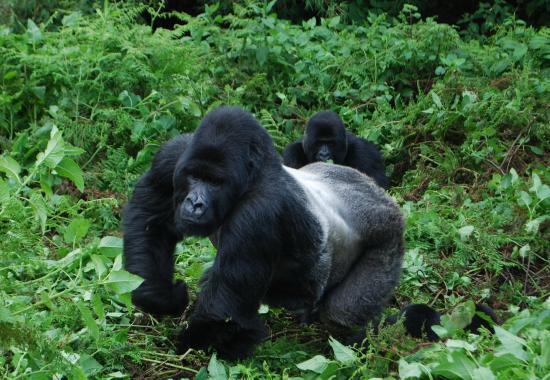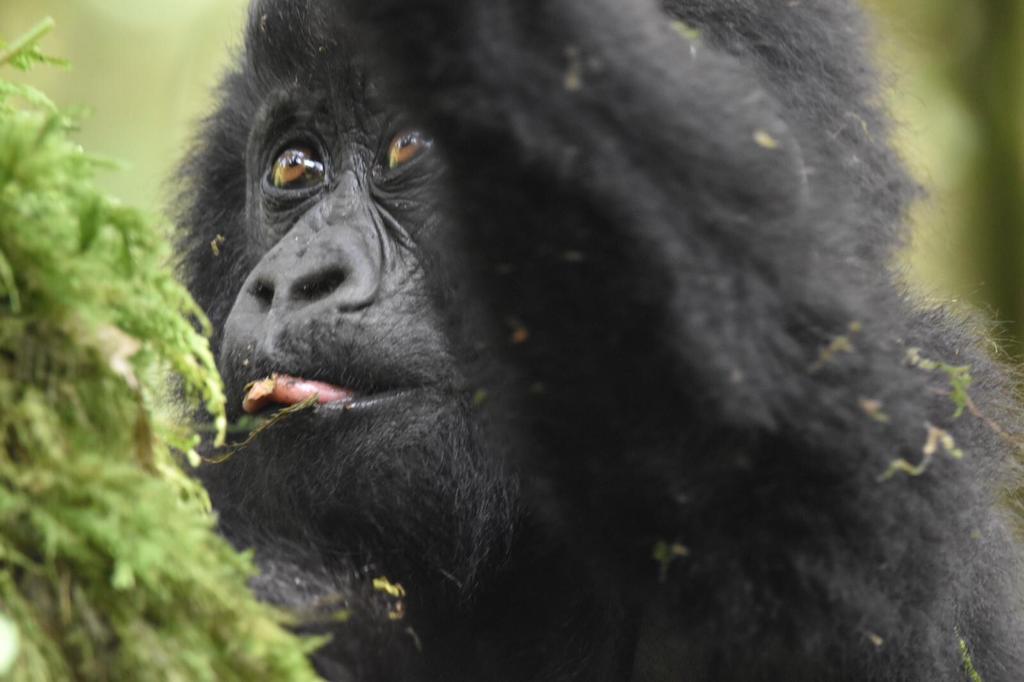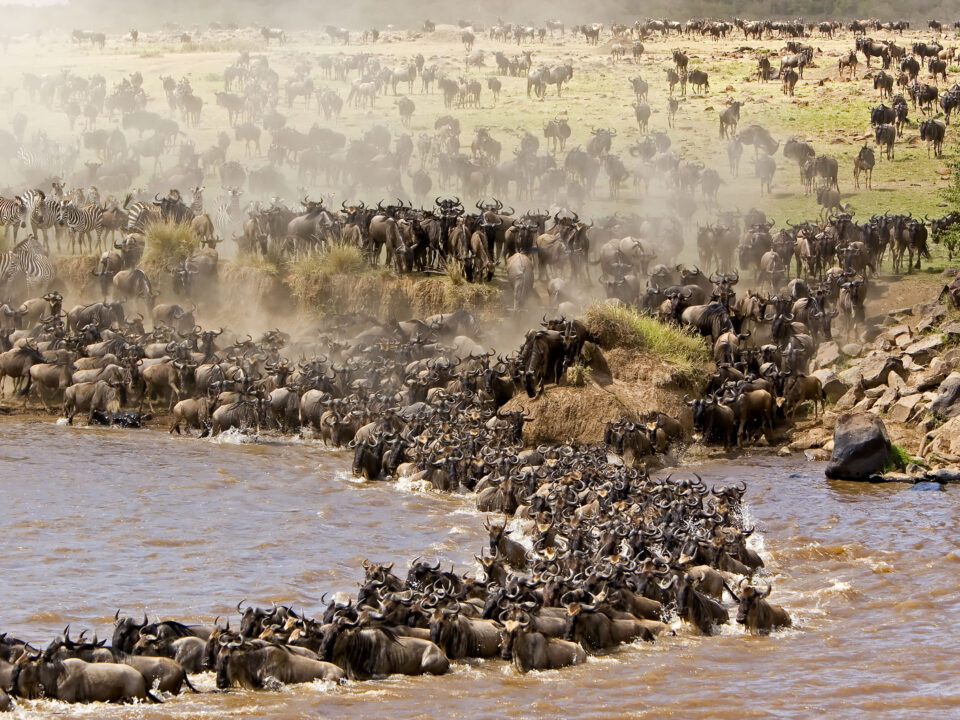- Home
- Ecotours
- Gorilla Safaris
- 01 Day Gorilla Trek – Mgahinga
- 1Day Rwanda Gorilla Trek
- 2 Days Rwanda Gorilla Safari
- 2 Day Bwindi Gorilla Safari
- 3 Days Rwanda Gorilla Trekking
- 3 Day Gorilla Trek Uganda
- 4 Days Double Gorilla Safari
- 4 Day Double Gorilla Uganda
- 4 Days Rwanda Chimpanzee Safari
- 4 Days Rwanda Gorilla Safari
- 5 Day Rwanda Gorilla Adventure
- 7 Day Rwanda Safari Holidays
- 7 Day Uganda Safari
- 8 Days Rwanda Uganda Gorilla
- 9 Days Visit Rwanda Gorillas
- 9 Days Panorama Rwanda
- Tours 2025/26
- Visit Rwanda
- Combo Safaris
- 3 Day Nyiragongo Hike Congo
- 3 Day Rwanda Gorilla & Nyiragongo Hike
- 4 Day Uganda Gorilla – Nyiragongo Hike
- 4 Day Congo Gorilla Trek – Nyiragongo
- 4 Days Rwanda Gorilla & Nyiragongo Hike
- 9 Day Rwanda Uganda + Kenya
- 7 Day Gorilla, Nyiragongo, Lowland Gorilla
- 7 Days Rwanda Gorilla Eco Tourism
- 9 Days Rwanda Uganda Gorilla Tracking
- 9 Days Kenya-Rwanda Gorilla Tour
- 10 Days Kenya-Rwanda Eco Tour
- 11 Days Tanzania-Eco Tours Rwanda
- 12 Day Uganda Rwanda Gorilla Tour
- Gorilla Trek Africa – 13 Days
- Cul Tours
- Lodges
- Rwanda Eco Lodges
- Kwitonda Lodge & Kataza House
- One & Only Gorilla’s Nest Lodge
- One & Only Nyungwe House
- Wilderness Bisate Lodge
- Wilderness Magashi Camp
- Virunga Lodge
- Wilderness Sabyinyo Lodge
- Nyungwe Forest Lodge
- Ruzizi Tented Lodge
- Five Volcanoes Boutique Hotel
- Mountain Gorilla View Lodge
- Le Bambou Gorilla Lodge
- Lapalme Hotel
- Muhabura Hotel
- Congo Eco Lodges
- MICE
- Rwanda Eco Lodges
- Contact Us
- About
- Parks
- Travel
Rwanda Vs Uganda Gorilla Safari 2024

Visit Kigali: Tourist Places & Hotels 2024
January 4, 2024
Sustainable Tours in Rwanda: One & Only Resorts Rwanda
March 1, 2024Reasons to book your gorilla trekking in one of the countries are many and the main one is the price difference of the gorilla trekking permit, the gorilla permit in Uganda costs USD700 per person per trek compared to Rwanda which is USD1500 both charges giving you an hour to encounter with the mountain gorillas in Bwindi Forest National Park and Volcanoes National Park respectively.
Getting to Volcanoes National Park is a relatively easy to connect. Visitors simply fly into Kigali International Airport and then it’s a short drive of about two and a half hours northwest to arrive at the doorstep of Volcanoes National Park. Even though the drive is short 2-3hours, it’s always advisable to travel with a reputable tour operator who knows the region and roads well compared to Bwindi Forest National Park where by you have to drive from Entebbe Airport taking 9-10 hours to reach the park and the roads are not so fair as compared to Rwanda.
More so if Bwindi or Mgahinga is your choice for the gorilla trek there is an option of starting from Kigali via Katuna or Cyanika borders to Bwindi or Mgahinga for gorilla trek in Uganda, there are four different trailheads in Bwindi. Some of them require a good 4×4 to get to. There are, however, scheduled flights to Bwindi. Alternatively, a stay in Bwindi can be incorporated into a larger road tour in Uganda, visiting other parks and reserves. For a quick gorilla trekking tours or an add-on to a safari in Kenya or Tanzania Rwanda safari is the most convenient to explore East Africa either on budget, mid-range or luxury safari experience.
Trekking routes in Rwanda are considered a bit more open and not as steep and slippery compared to Bwindi in Uganda. That said, Volcanoes National Park is at a much higher altitude than Bwindi and this can also make the trek more challenging.
While it’s easier to reach Rwanda’s mountain gorillas, Uganda has more habituated mountain gorillas and so admits more trekkers per day. About 168 people a day are allowed to visit Uganda’s gorillas. In Rwanda, the number of daily visitors is about 96 and this figure is out depending on the gorilla families in each park. This makes obtaining a gorilla trekking permit in Uganda a little easier than obtaining one in Rwanda, especially if you aren’t booking very far in advance.
Something on offer only in Uganda is the gorilla habituation permit. This permit allows the visitor to spend four hours with a mountain gorilla troop in the south of Bwindi Impenetrable National Park. The habituation permits costs $1,500, which is the same price as the one-hour gorilla trekking permit in Rwanda.
The habituation permit was introduced only recently in response to visitors’ desire to spend more time with the mountain gorillas. Only two gorilla troops have been set aside for these habituation experiences. This means about eight habituation permits are issued per day, so you have to book well in advance if you want one.
Strict regulations are in place to protect these gentle giants, and the number of permits available per day is finite. Only eight visitors can spend one hour with a habituated gorilla group per day. Rwanda has 12 groups available for tracking in Volcanoes National Park, and Uganda has around 21 groups in Bwindi Impenetrable National Park and Mgahinga Gorilla National Park.
The habitat and landscape of the main gorilla trekking parks in Uganda and Rwanda are very different. Rwanda’s Volcanoes National Park is part of a mostly dormant volcanic mountain range known as the Virunga. Here, the gorillas stay almost exclusively in the bamboo forest zone, a beautiful setting in which to see these great apes. The vegetation tends to be quite open, which is ideal for easy viewing. Uganda’s most popular gorilla trekking destination, Bwindi Impenetrable National Park, is an extensive tract of tropical rain forest. It’s a stunning setting as well, but as the name suggests, the denser vegetation can sometimes make clear views of the gorillas a bit more challenging.
Conditions change daily depending on the location of the gorillas. Each gorilla group has its territory and some of them are usually easier to reach than others. Conditions tend to deteriorate after heavy rain when the forest paths become very slippery. This is especially true in Bwindi, which sees very high rainfall throughout the year. The tracks in Rwanda are usually quite defined, while the tracks in Uganda tend to be very steep and overgrown. Having said that, the high altitude in Rwanda can be a challenge for some people.
There are good accommodation options for gorilla trekking in Rwanda and Rwanda. Rwanda has perhaps more choice in top-end luxury lodges, while Uganda has a few more mid-range options. Several lodges in Uganda border the park and have a true forest feel, while in Rwanda many lodges have mountain and/or lake views, but most are a bit farther away from the forest boundary.
Most people will incorporate a gorilla trek into a longer safari. For this, Uganda has more options than Rwanda. Uganda’s Murchison Falls and Queen Elizabeth National Parks are two top-notch Savannah reserves. You will see most iconic safari animals here, including elephants, lions, buffalo and giraffes.
All the Big Five are present except for rhinos, which can be seen in Ziwa Rhino Sanctuary. Uganda is also a top destination for chimpanzee trekking, while Lake Bunyonyi is a great place to chill out for a couple of days at the end of an action-packed safari.
Rwanda is less established as a stand-alone safari destination, but it has a few very good off-the-beaten-track gems worth tagging onto your gorilla trek. Most notable are Akagera National Park, a scenic Big Five Savannah park, and Nyungwe National Park, a montane rain forest, which is home to 13 primate species, including chimpanzees.
The best time for gorilla trekking in Rwanda and Uganda is from June to October and December to March and then a lesser extent from November, April and May. These are the driest months. At this time, the trails tend to be less slippery and hiking in the forest is easier. Your experience will be less likely interrupted by rain. However, Volcanoes National Park in Rwanda sees less rainfall overall and conditions are mostly fine from May to February. Bwindi is a rain forest, and you can get wet here at any time. You will still see the gorillas though. As long as you avoid the peaks of the rains (April to May and October to November) you should be fine but with rain coats as these tropical rain forests and rain is unpredictable.



